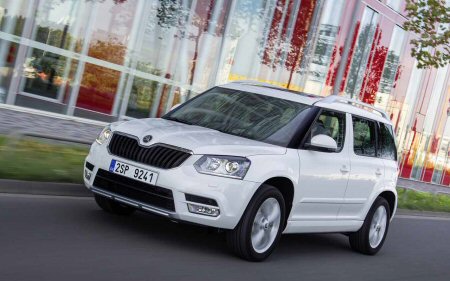
The tempting Skoda Yeti
Small SUVís have gained huge popularity because of their high seating position, spacious interior and low running costs. In fact, theyíve proved so popular that they are tempting many people out of their large 4x4s. While competition has grown one popular choice has come from a very unlikely source Ė the Skoda Yeti.
Driving
Deciding which Yeti to go for will take some serious consideration as there are so many options. Do you go for petrol or diesel, two wheel drive or four wheel drive and whether you have a manual or automatic gearbox? The entry level petrol is a 1.2 litre TSi. It really is a great all-rounder and certainly the pick of the range for the private car buyer. However, our guess is that most company car drivers will opt for the front-wheel drive 108 bhp 2.0 litre diesel due to the fact it has plenty of low down pull and decent fuel economy. The same 2.0 litre diesel is available with four-wheel drive with either 108 or 140 bhp. As varied as the choice is itís very hard to look beyond the entry level diesel or the 1.2 litre petrol as theyíve got more than enough power for most drivers.
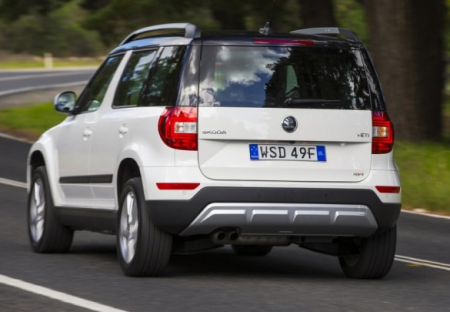
While Co2 emissions are fairly competitive unfortunately, none of the engines are exempt from road tax. The lowest is the entry level 2.0 litre TDi which emits just 118 grams per kilometre of Co2. At the same time it will return a fuel economy of 62.8 miles to the gallon. The petrol isnít too far behind with emissions 104 gkm of Co2 and a fuel economy figure of 53.3 mpg.
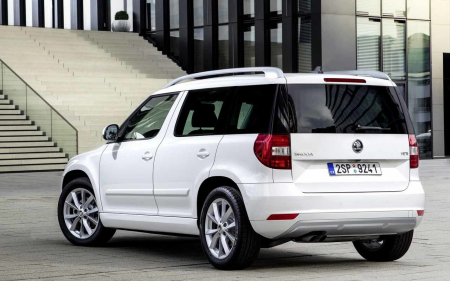
The Skoda Yeti isnít a car that youíre going to drive purely for thrills. In fact, only the four-wheel drive 2.0 litre TDi will do the 0-60 dash in under 10 seconds. Whereas most small SUVs tend to wallow around corners because of the tall ride height the Yeti is much more agile. Thanks to some direct steering it actually gives you a lot of confidence around corners and bends. While itís designed mainly for on-road use the Yeti is available with a surprising amount of off-road technology which includes features such as hill-descent control.
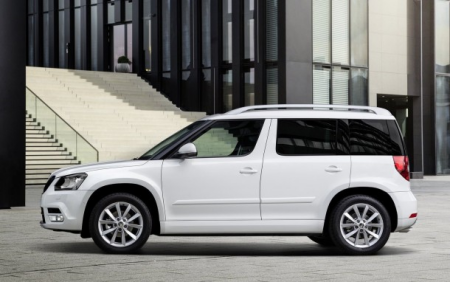
The Yeti is based on fairly old technology and this is really noticeable when it comes to the ride. At lower speeds the Yeti is rather unsettled and doesnít settle down at cruising speed either. It feels a bit fidgety and the wind and road noise can be a bit irritating on the motorway. The 1.2 litre is certainly a more refined motor but the diesels tend to be a bit boomy.
Behind the wheel
Despite the tall body the seats in the Yeti arenít as high as youíd expect which means you donít have to climb up and into it like you do in some of its rivals. Once in itís easy to get your ideal driving position thanks to a fully adjustable seat and a steering wheel that moves in and out as well as up and down. Itís just a shame that you have to go for SE L spec (or above) if you want to lumbar support for the front seats.
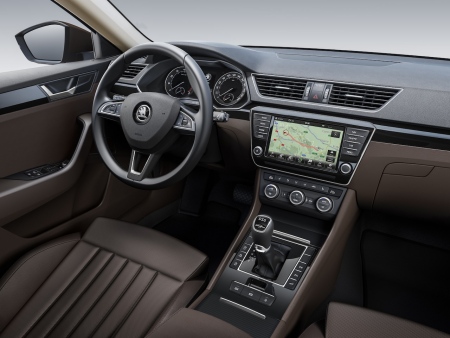
The entry level Yeti is well equipped and the dash is built to a high quality. It has a 5-inch touch screen that controls the carís radio, MP3 player and Bluetooth functions. The system works well but itís just not as slick as some of its rivals. If you upgrade to SE spec then you get an upgraded Bolero system which adds more speakers and a bigger 6.5 inch touchscreen. Further up the range is the Laurin & Klement edition and this comes with all the bells and whistles including sat-nav and DAB radio.
Space and practicality
Space is one thing that you wonít be short of in the Yeti. The tall body means that thereís more than enough head room in the front and back and the shoulder room is equally as impressive. Up front thereís a decent selection of cubby holes too including one large one at the top of the centre console and door bins that are large enough for medium sized drink bottles.
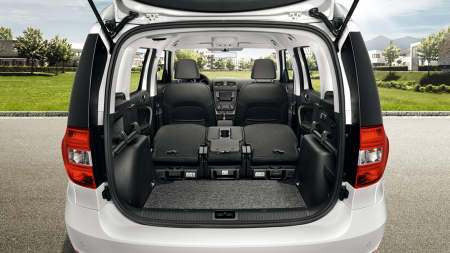
In the back, thereís more than enough room for three adults to sit comfortably on long journeys. The only annoying thing is the central transmission tunnel means that the middle passenger will have to straddle over it. The outer seats are on runners so they can slide back and forth and can also recline. Thought whatís slightly annoying is that the seats donít fold flat to the floor. They can be removed but doing this is extremely fiddly and awkward to put back in. With the seats in place thereís plenty of room for a couple of large suitcases in the boot. If you remove the seats completely then the Yeti effectively becomes a small van!
Buying and owning
Two-wheel drive Yetis are priced well and shouldnít depreciate too quickly. Therefore we would be more inclined to go for them over the pricier 4x4 versions. Entry level models get a generous amount of equipment including electric windows, air conditioning and Bluetooth. However, we would recommend forking out a little bit extra for the SE which will give you an upgraded touchscreen, rear parking sensors, duel zone climate control and some practical touches in the boot to help separate items and stop them from sliding around.
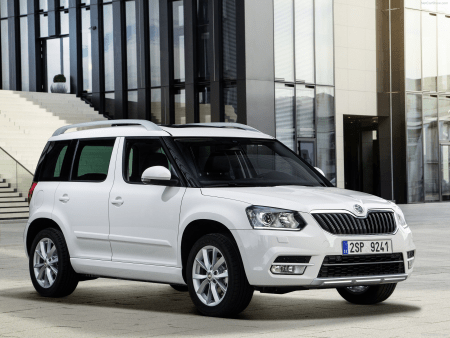
The Skoda Yeti has certainly built a strong reputation and does well in most customer satisfaction surveys. In addition to this we mustnít forget that Skoda also has a fantastic reliability record. All models are equipped with anti-whiplash head restraints, iSO-fix child mounting points and front, side and curtain airbags. Thereís also an additional airbag to protect the drivers knees. Unfortunately, the yeti does miss out on some of the more modern safety features such as automatic emergency breaking.
Conclusion
Itís easy to see why the Skoda Yeti is so popular amongst car buyers. The tall wide body means thereís excellent cabin space for even the most demanding family. Itís also surprisingly agile for an SUV. The big negatives are the unsettled ride and noisy road manners but if you can live with those foibles then the Yeti is well worth a look. To find out more about new or used Skoda Yeti cars for sale then please feel free to search with DesperateSeller.co.uk.













